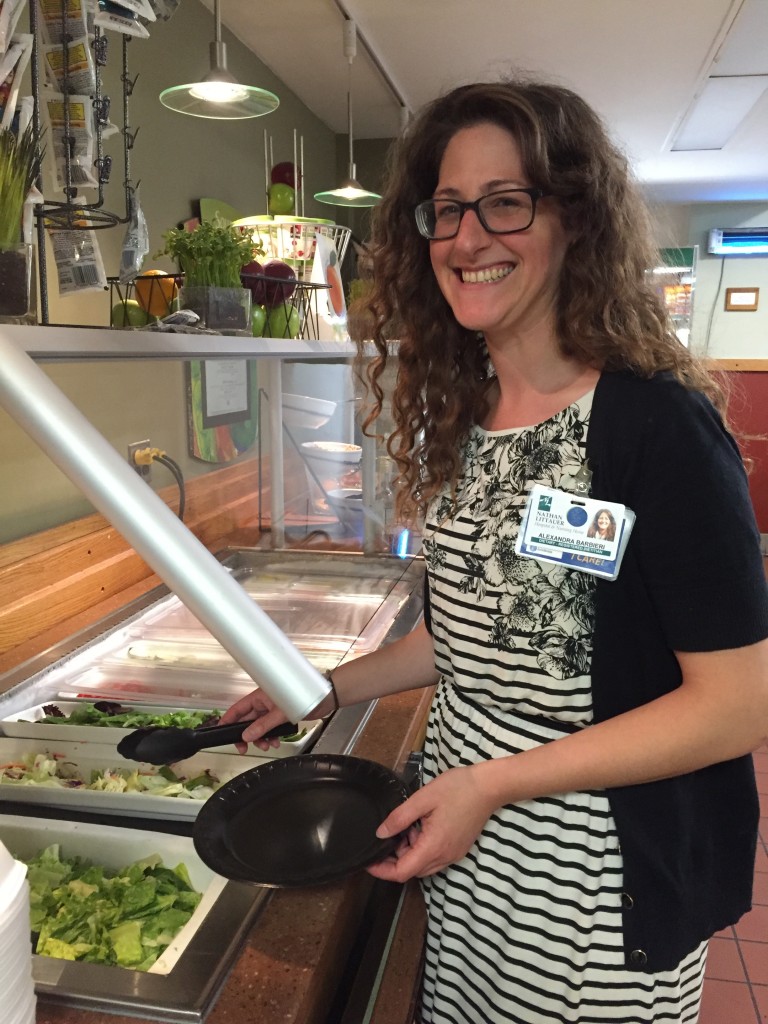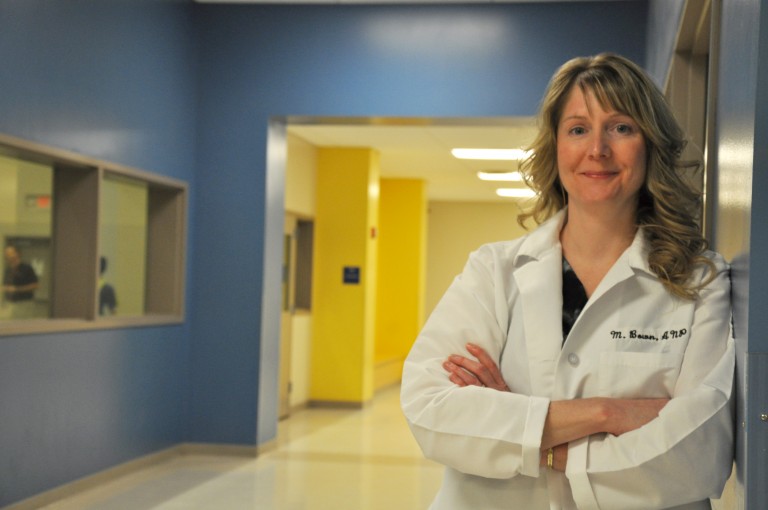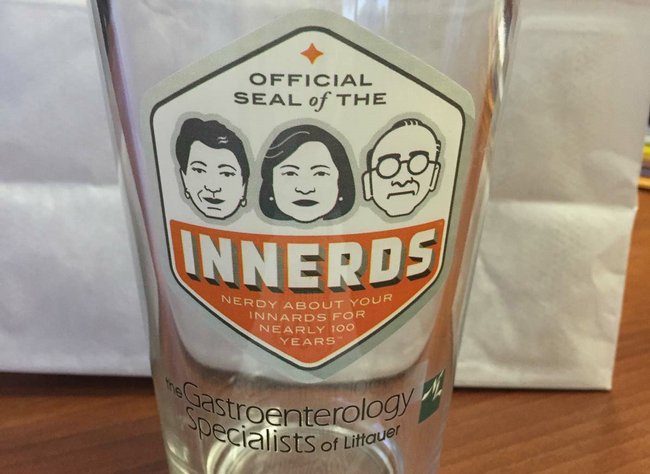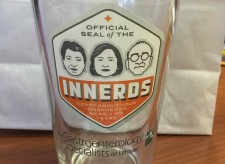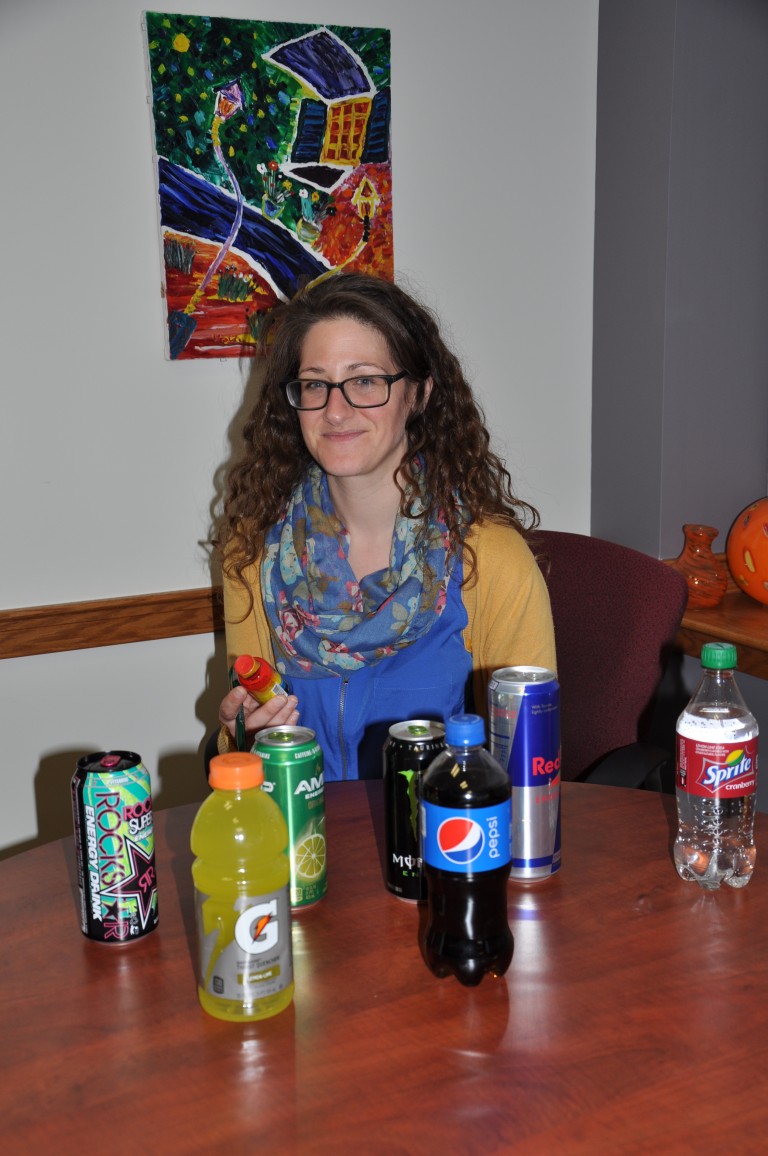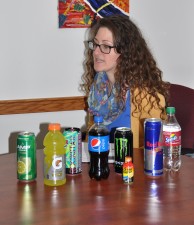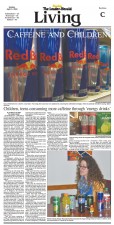Alexandra Barbieri MS, RD, CDN, a Registered Dietitian (RD) at Littauer discusses healthy choices for losing weight. See this story from The Leader Herald…
Lifestyle Changes
Even small changes can have big results in weight loss
May 29, 2016
By PATRICIA OLDER, Leader Herald
GLOVERSVILLE – After four heart attacks, the doctor told John Lee had a decision to make – lose weight or die.
“I’ve always been big and I have always had a problem with my weight,” said Lee. “Then I had four major heart attacks and my doctor told me I either had to lose weight or I’d be in the ground.”
He decided he wanted to live.
Lee made an appointment with a bariatric surgeon and attended an orientation to see if he could be a candidate for gastric bypass surgery. He was.
“They told me I was a candidate, but I had to lose 10 percent of my weight before they could do the surgery,” said Lee who weighed in at almost 455 pounds at his heaviest.
It took about six months for him to take off the 45 pounds with the doctor’s help and in January 2010, Lee had the surgery.
But to be successful, Lee would have to make lifestyle changes in the way he ate and in his daily routine in order to continue to lose and to keep it off.
“[The doctor and his team] set me up with a basic plan and it was pretty easy to follow,” said Lee, who admits his love for fast food didn’t help the process. “The hardest part is not being able to go to McDonald’s – I still have the cravings for a burger.”
Alexandra Barbieri, dietitian at Nathan Littauer Hospital, said even subtle changes can help someone with losing weight and keeping it off.
“If you make small changes like taking three less bites of a hamburger or taking no sugar in your coffee or going for a small, 20-minute walk will help,” said Barbieri. “You can burn 80 to 100 calories in a 20-minute brisk walk and it is calories in and calories out and it is one of those small changes you can do to reduce caloric intake. One of my favorite quotes is from Mark Twain – ‘Habit is habit and not to be flung out of the window by any man, but coaxed downstairs a step at a time.'”
Continuing, Barbieri said for weight loss, a person needs to reduce their daily calories by 500 to 700 calories a day.
“You can do it through either diet or exercise or a combination of both,” said Barbieri. “That will give you a total of 3,000 calories a week and you will lose about a pound a week.”
She said some of the ways to lose weight include monitoring what you eat, wearing a fitness bracelet or using one of the many free applications for smart phones and computers and by moving more.
“If you watch what you eat by self-monitoring, you become way more aware of just how much you are eating,” said Barbieri. “Portions are important and the fitness bracelets help with self-awareness because we all think we are moving more than we are.”
She suggested parking farther away in the parking lot when going to the grocery store, taking a short walk after work before getting in the car to go home and cleaning.
“Taking small steps of any kind will eventually become a habit for you,” said Barbieri. “Do what you can to fit it into your daily routine – try wheat bread, brown rice, wheat pastas. Have meatless Mondays or where you fix a dinner with leaner meats such as chicken without the skin, fish, and pork loins.”
She said even too much of a good thing can be bad for weight loss.
“Remember it is calories in and calories out – you can even have too many vegetables,” said Barbieri. “Think of your plate like a pie chart and fill half the plate with a vegetable, one-quarter with your whole grain pasta, rice or beans and one-quarter with your lean protein such as beef, chicken or fish and then maybe a small side of fruit.”
Continuing, Barbieri said everyone should get a minimum of 30 minutes a day of activity as well.
“Try to find something you like to do biking, walking, cleaning, sports, yard work, swimming – remember, 20-minutes a day, twice a day can burn a couple of hundred calories right there,” said Barbieri. “If you focus on your physical activity and diet, it will lead to a more probable success rate.”
She said most people tend to diet by eliminating specific food groups and while they do work, the weight loss all goes back to calories.
“I love the app Fitness Pal,” said Barbieri, adding there are dozens of applications available for little to no cost. “It is all about accountability and with one of these programs you can have the community [to interact with] so if you are having a bad day, you can see others who have had one too and not feel so alone.”
She said people do not need a smart phone or computer to keep track of their eating and activity levels. “Just writing it down is good,” said Barbieri. “Once you do, you can really see what you eating and how much exercise you are getting.”
Lee said he also tries to stay on track with his weight loss and activity.
“Instead of ice cream I have cool whip on my sugar-free jello,” said Lee, who is down to 237 pounds at his last weigh-in. “And for my snacks I have wheat Cheerios.”
Noting that he wants to be able to help others with their weight loss, Lee said he just takes each day as a gift.
“This is no game – you have to have will power,” said Lee, a self-proclaimed whiz at budgeting for meals. “If there is anyone who wants help losing weight, I’d be more than willing to help them.”
As for his continued success, Lee says he takes it all in stride.
“It is one step at a time,” said Lee.

Littauer dietician Alexandra Barbieri makes a salad for lunch in the hospital cafe

